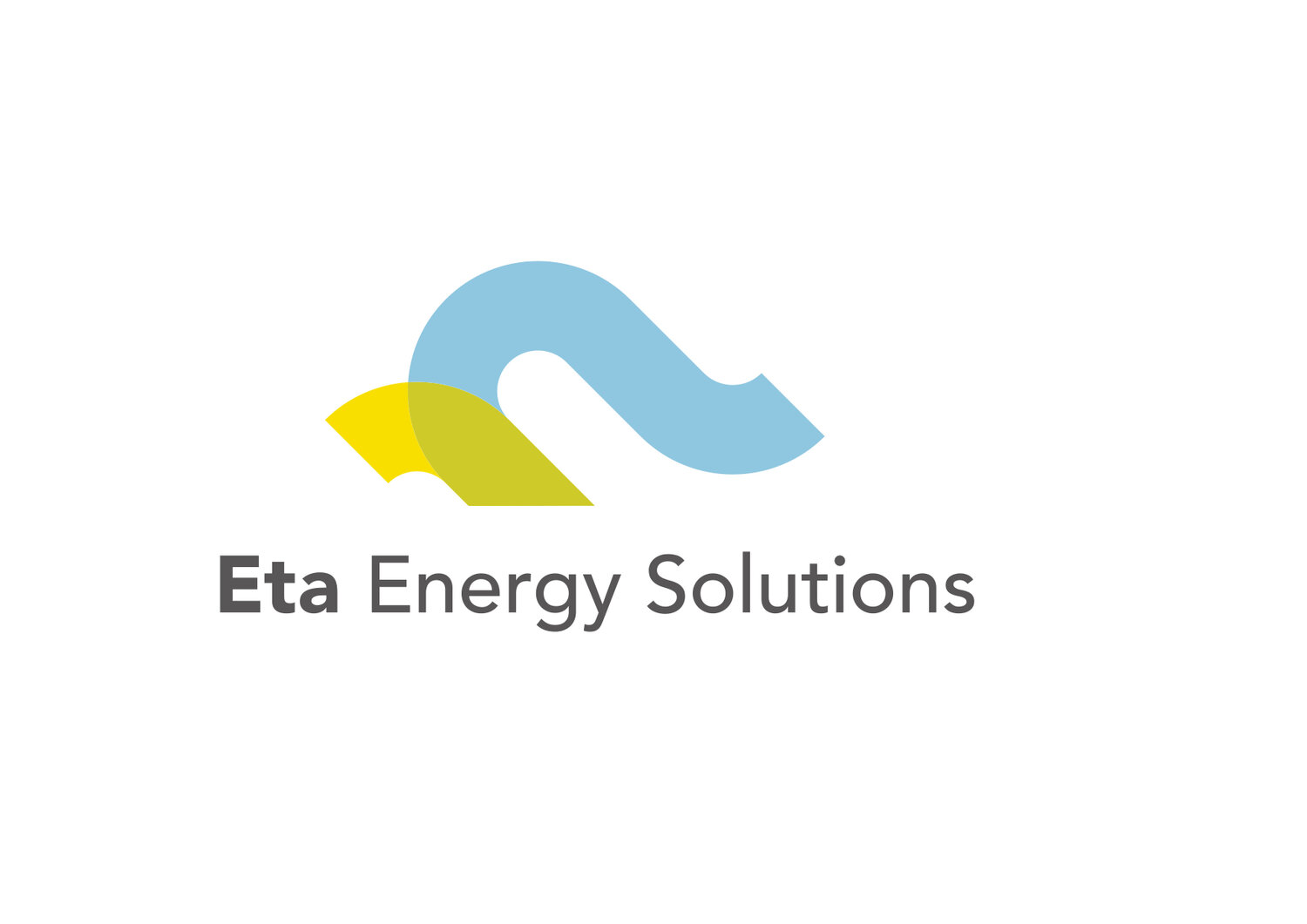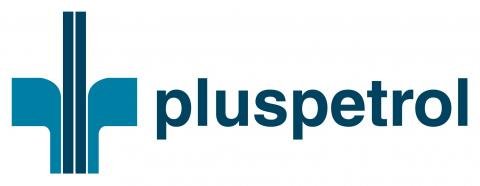Wellhead Compression Project Conceptual Study*
Client: Pluspetrol Peru Corporation
Field (Type): Camisea (Gas & Condensate production; Onshore Peru)
Objectives:
The client wanted to investigate ten machinery and process system conceptual options and their sub-options for new wellhead gas compression facilities
The client desired that the recommended optimum solution for wellhead gas compression will be selected and validated having rigorously considered various key criteria including technical, economic, environmental, ease of implementation etc.
Challenge: The key driver for study was the declining reservoir pressures of the Camisea field. The client operates fields that are remotely located in areas of significant biodiversity and presented huge logistical challenges to constructing and operating distributed wellhead compression. In addition, multiphase flow (gas and condensate) in the gas pipeline network presented additional flow assurance challenges in managing the flow regime for existing and future life of field operations.
Our Engagement*: The client’s previous attempts at conducting this study with another reputable consultant was unsuccessful. The recommendations they presented were largely impractical and insensitive to the client’s business and environmental constraints. This did not inspire confidence in the client to act on their recommendations and they instead chose to seek a second opinion. We were therefore engaged as Engineering Consultants because of our unique gas compression, field development and integrated asset modelling expertise.
Approach: Well performance modelling, Pipeline flow modelling, Flow assurance analysis, Integrated asset modelling and simulation. Turbomachinery design reviews. Economic modelling. Turbomachinery design selection and sizing. Process engineering design
Stake:
If action was not taken to select the optimum wellhead compression concept, declining reservoir pressures from Camisea field could have led to significant loss of production/revenue.
In addition, well fluids from the reservoir would have not had sufficient pressure to meet the entry requirements to the central processing facility.
Finally, without a rigorous conceptual study, a substandard legacy could have been selected with the consequent long-term technical and financial penalties of such a decision.
Results:
A comprehensive field development road map describing the optimum compression option (and its implementation) was successfully developed
Successful production optimization of the entire Camisea field
Successful project optimization of wellhead compression project including achieving reduced CAPEX and NPV.
* NB: Some projects may have been performed by consultant in previous roles.

